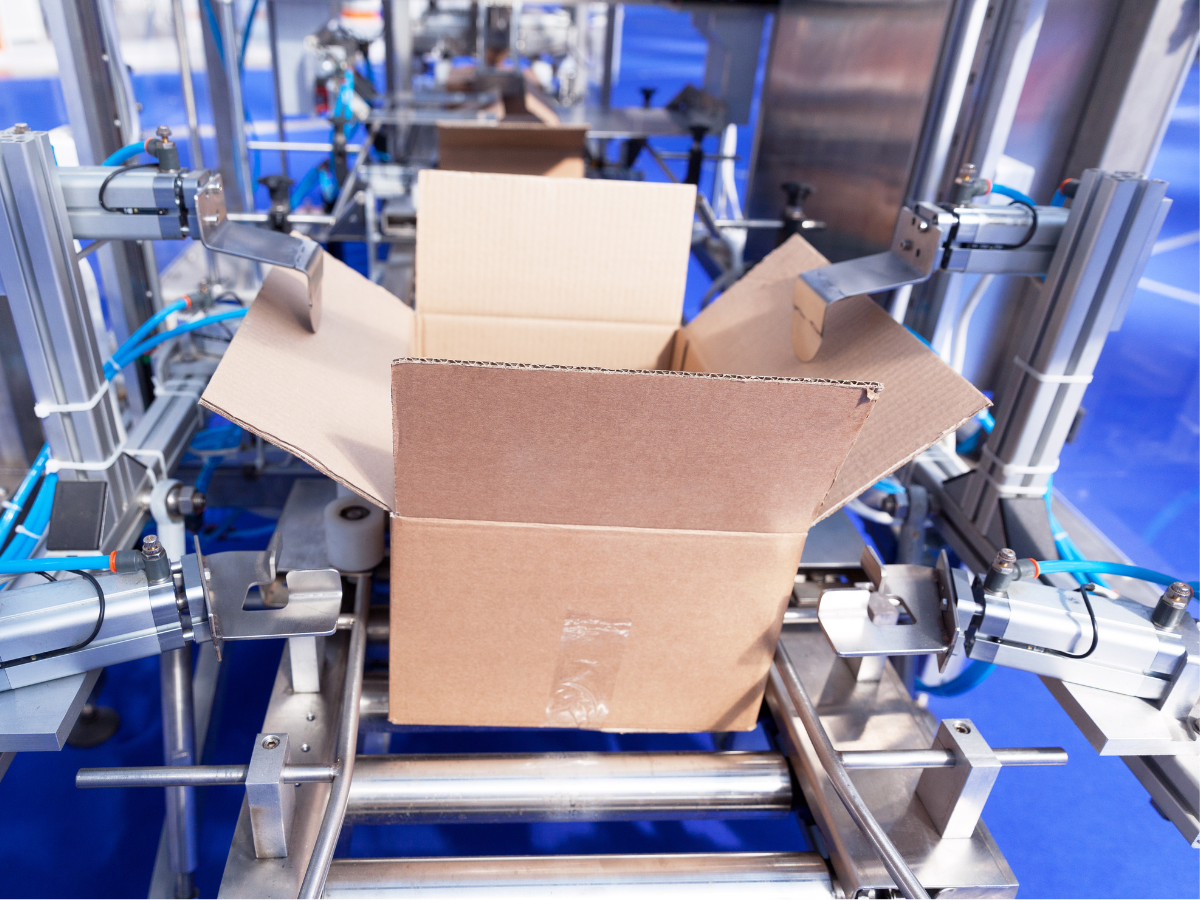Category: Uncategorized
Automated Machine Tending Improves Medical Manufacturing

While all manufacturers need to improve efficiency and cut costs to remain competitive, the stakes are higher for medical manufacturers as they also need to maintain tighter manufacturing tolerances and adhere to stricter regulations regarding sterility, safety and consistency. Automated machine tending can help medical manufacturers tick all the necessary boxes while also boosting speed […]
Human Machine Collaboration Optimizes Productivity

If you’ve ever asked Siri for the weather, ordered vitamins through Alexa or turned on the lights at home via your smartphone, you’ve collaborated with a smart machine to complete a task in the most efficient manner. Similarly, human machine collaboration is making possible a new era in the manufacturing industry where there are more […]
Choosing the Right Actuator Type for Your Application

Sometimes the choice between the three main actuator types – electric, pneumatic and hydraulic – is a no brainer. For example, if you need heavy-duty motion, a hydraulic actuator would be the obvious choice, a potentially explosive environment necessitates the use of a pneumatic actuator and a sterile operation would demand an electric actuator. But […]
The Rise of Electric Actuators

Traditionally electric actuators were not the device of choice for heavy-duty machinery, industrial equipment and other systems that demanded motion profiles with high forces and extreme robustness. However, reduced costs for these electric devices combined with recent technological advances are making designers reconsider electric actuators for use in these and other applications, giving rise to […]
Automated Inspection Systems Reliably Catch Packaging Defects

In the highly competitive packaging industry, damaged or defective packages can be a major drain on a packager’s profits and can result in lost customers. While there are any number of potential packaging defects, today’s automated inspection systems can help identify and prevent these problems, helping to ensure an error-free and more profitable packaging operation. […]
Troubleshooting Industrial Control Panels

Resolving Four Common Malfunctions in Industrial Control Panels Control panels vary by application, but they should always possess protective devices (circuit breakers and/or fuses), disconnecting switches, means for locking-out power sources, and means for safely bleeding stored energy. Typically, they also contain transformers, AC-DC power converters, motor starters, variable frequency drives (VFDs), servo motor drives, […]
Understanding Your Pneumatic System Components

Industry relies heavily upon pneumatic systems to power tools, automated equipment and machines throughout the plant, so having a basic understanding of the components and working principle can go a long way toward maintaining efficient operation of these advantageous systems. Simply put, pneumatic systems provide an uncomplicated, economical and reliable way to make things move. […]
The Advantages of Plastic Injection Molding of Medical Devices

Plastics have transformed the medical industry as they help reduce the spread of infection, stand up to sterilization procedures and help reduce the cost of medical devices and procedures for patients. Likewise, plastic injection molding is revolutionizing the manufacture of medical devices, such as implants, lab equipment, surgical instruments, orthopedics, tubing and catheters, disposable syringes […]
How to Determine the Cost of a Robotic Palletizer

Lifting and stacking heavy cases, boxes, sacks or other containers onto pallets is backbreaking, labor-intensive work for the employees charged with industrial palletizing. Not only is the task difficult on the human body, but it must be accomplished in a safe, efficient and consistent manner that prevents damage to the products, which is no easy […]
Pneumatic Systems: 101

Chances are if you work in an industrial facility, you’ve handled tools and equipment that are powered by a pneumatic system. These simple, yet powerful systems use clean, dry compressed air to create mechanical motion that powers tools, machinery and industrial automation systems. Learning about the components involved in a pneumatic system and how they […]